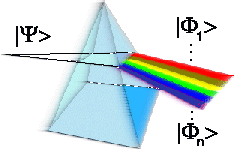Kris Gaj and Arkadiusz Orlowski
In spite of a relatively large number of publications about breakingEnigma by the Allies before and during the World War II, this subject remainsrelatively unknown not only to the general public, but also to peopleprofessionally involved in cryptological research. For example, the story ofEnigma is rarely a part of a modern textbook on cryptology or a modern courseon cryptography and network security. There exist multiple reasons for thissituation. First, there are still a few unresolved issues, resulting from conflictingreports, the lack of reliable sources, and a long period required for declassifyingdocuments related to any cryptological activity during the World War II.Secondly, the issue is highly political, and there is little consensus in weighingthe contribution of all involved countries. Thirdly, many contemporarycryptologists honestly believe that there is little to learn from the analysis of oldcryptosystems, because of the tremendous progress in theory and practice ofcryptography and a little similarity between old and modern ciphers. In thispaper we confront these opinions by presenting a look at the current state ofknowledge about cryptological methods and devices used to break Enigma. Weintroduce all major players involved in these activities, and we make an effortto weigh their original contributions. Finally, we show that the story of Enigmacan still provide contemporary cryptographers with many useful lessonsregarding the way of organizing and building any large-scale security system.
Lect. Notes Comput. Sci. vol. 2656, 106-122 (2003)
Mar 22, 2003
Subscribe to:
Comments (Atom)
